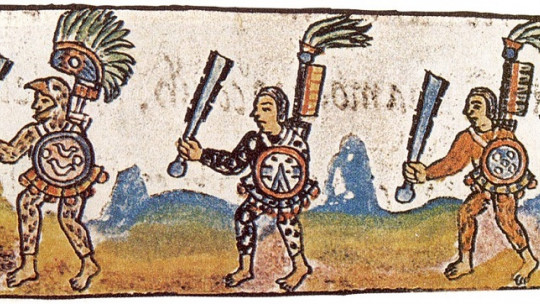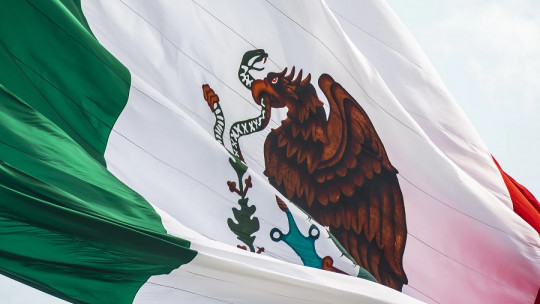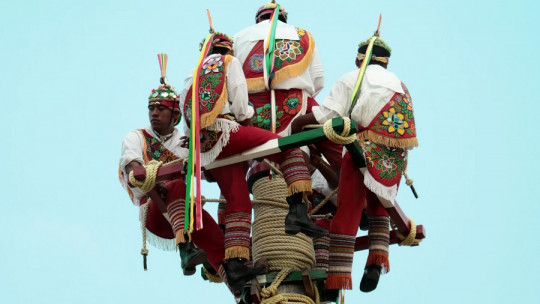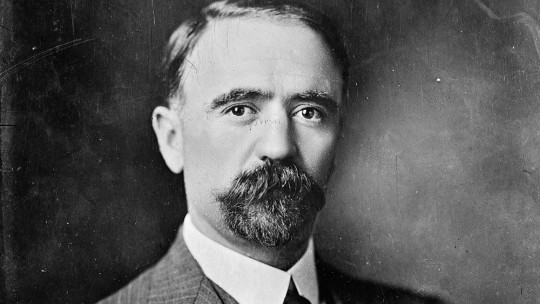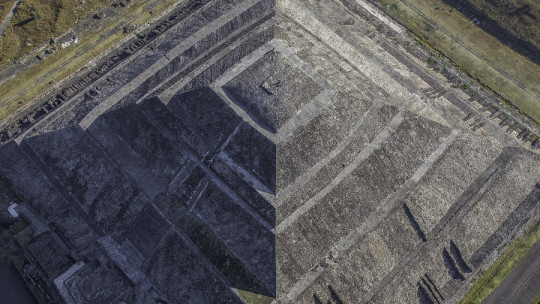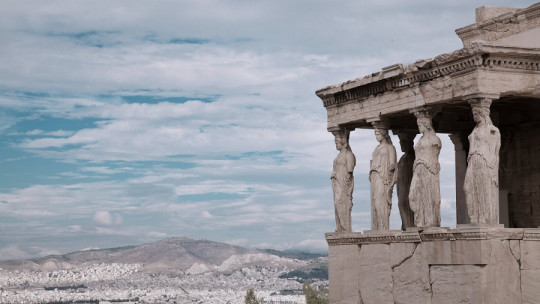They say that to understand the present you have to know the past, that therein lies the importance of History in our lives. Each country offers, in addition to its culture and its people, a legacy of facts that, in addition to being interesting, allow us to see the origins of its identity.
Here We will take a look at the historical facts of Mexico most representative that marked the course of its history and its place in the world.
The main characteristics of the History of Mexico
As with many other American nations that exist today, Mexico’s past is marked by a process of transition and rapid transformation between very different historical periods. This process, which has marked the way of being and living life of Mexicans, goes back to the pre-Columbian period, in which a series of ethnic groups developed outside the West under the rule of civilizations whose norms were closely linked to the religion and slavery, to a historical point in which a group of countries independent of the Spanish Empire struggle to industrialize and integrate into the capitalist model of production under the influence of the new great powers: the United States and, more recently, China.
So that, The historical events of Mexico that are considered most relevant are an expression of a turbulent past, marked by instability , coups d’état and direct attacks by the United States, which have conquered approximately half of the historically Mexican territory. As a result, this country currently continues to have governance and law enforcement problems, to the point that certain areas are more controlled by criminal organizations than by the State itself.
In short, here you will find several examples of how the Mexican nation has developed, something very important to understand its current state and how it can evolve in the future. And History is not simply the description of what happened years ago; It is the fact of understanding the present from the analysis of the past.
The 7 most relevant historical facts about Mexico
From the 1st century AD until the last decades, the events that have marked the history of this country are fascinating and are a window to understanding its cultural wealth and legacy to the world.
1. Construction of the pyramid of the sun in Teotihuacan
Today, the Pyramid of the Sun is one of the most fascinating and enigmatic constructions in the world. The beginning of its construction dates back to the year I AD and is a reflection of the splendor of the culture that settled there.
It is believed that the arrival of settlers to this city dates back to the year 100 BC ; However, today the data on the ethnic origin of its inhabitants and the reason for its decline as a civilization as well as the abandonment of the ceremonial center are uncertain, enveloping this culture with a halo of mysticism.
The pyramid of the sun and the entire archaeological area are still under constant investigation, even just a few months ago discoveries were made that could completely change the information we had when discovering that cultures such as the Mayan lived there permanently, a fact that was unknown. completely before this discovery.
For these reasons, the construction of the pyramid of the sun as a symbol of the civilization that settled there and which is full of enigmas, is one of the most interesting historical facts in Mexico.
2. Foundation of Tenochtitlán
In this important event in Mexico, legend mixes with history It is said that a tribe came to what is now Mexico City guided by the sign that their god Huitzilopochtli had revealed to them: they had to settle in the place where they saw an eagle on a cactus devouring a snake.
As it is a passage of history covered by myth, there is no precise data on the founding of the city, however it has been established that it happened around the year 1325 or 1345.
This event is important because over the years the capital of the Mexica became the largest and most powerful of the time in the entire world and dominated much of Mesoamerica until the arrival of the Spanish to Tenochtitlán This fact is linked to the arrival of Hernán Cortés to become two of the most relevant episodes in the history of Mexico.
3. The conquest
In January 1517, Hernán Cortés arrived on the coast of Yucatán to begin an expedition for exploration and trade purposes ; However, upon his arrival and after several years of alliances, battles and strategies, in 1521 what is known as “The Conquest of Mexico” was achieved by defeating what was the most important capital at that time: Tenochtitlan.
From that moment and officially, the Mexica people formed the first territory, which Later, with the conquest of the rest of the cultures, it would be known as the Viceroyalty of New Spain and that would give rise to mestizo Mexico characterized by the meeting of these two cultures.
For this reason, this event is one of the most representative of the history of Mexico as it marks a before and after in the life, culture and organization of the country.
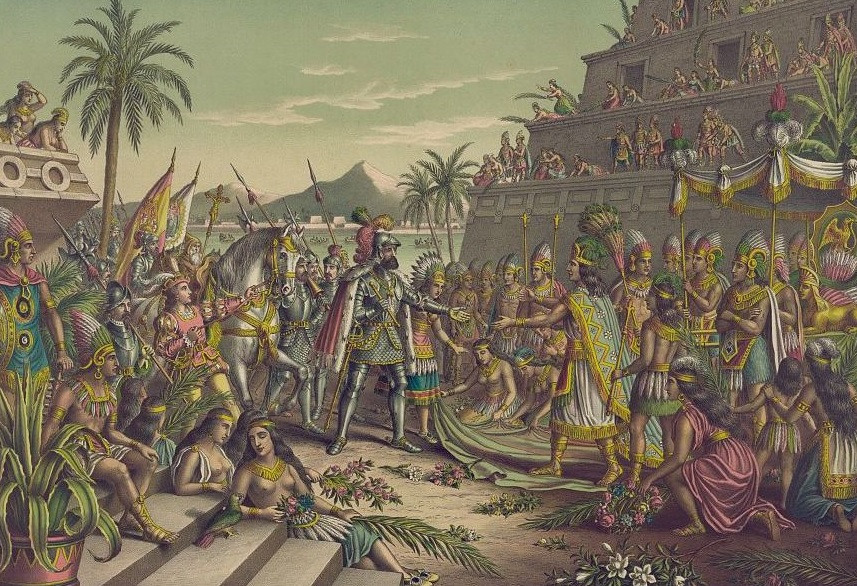
4. The independence of Mexico
Another Mexican historical event occurs almost 300 years after The Conquest, and is the fight for Mexican independence.
Led by priest Miguel Hidalgo who called to take up arms on September 15, 1810, the fight began to end Spanish rule over Mexico and on September 27, 1821 with the triumphant entry of the Trigarante army, this fight was ended by proclaiming independence .
However, it was not until 1836, after several attempts at reconquest, that Spain recognized the absolute independence of Mexico.
5. Mexican Revolution
After 35 years of a dictatorial government known as Porfiriato, The Mexican population takes up arms to overthrow President Porfirio Díaz , who under his mandate achieved the economic growth of the country but at the cost of the social well-being of the most disadvantaged sectors that were already in great discontent. The latter joined Francisco I. Madero’s call to take up arms, causing Porfirio Díaz to resign and flee the country.
After this, when elections were held, Madero was the winner, generating the discontent of other revolutionaries who did not see in the new president a solution to the demands of the majority of the residents immersed in poverty, so the revolt would not end until the assassination of Francisco I. Madero, the succession of Victoriano Huerta and his eventual resignation due to the discontent of other leaders such as Francisco Villa and Venustiano Carranza, who in 1917 promulgated the new constitution, thus ending this historical event in Mexico.
6. Battle of the Alamo
After Mexico’s independence from Spain in 1921, the Mexican province of Texas became one of the most prosperous regions of the new Mexican empire, which is why it was progressively colonized by Americans from the north.
One of the most important settlers in Texas was Stephen Austin, a Virginian businessman which successfully moved over 1,000 Americans to the region from 1825 onward.
Taking advantage of the growing prosperity of Texas, the Mexican government decided to unite the province with the state of Coahuila, a fact that ended with angry protests from Texans who had frustrated their dream of becoming a new integrated state in Mexico.
In 1833 Antonio López de Santa Anna became president of Mexico who concentrated national power in Mexico City, dissolved the State Legislative Body and abolished the country’s Federal Constitution in 1834.
The Texan response was immediate and in the city of San Antonio there were numerous fights between American settlers and Mexican soldiers, to the point where a real civil war broke out
In February 1833 Texan leaders met to declare the independence of Texas while fighting was still taking place, as President Santa Anna had sent an army of 4,000 Mexican soldiers to San Antonio.
Faced with the imminent Mexican attack, many Texans took refuge in the Alamo Mission a fortress near the city of San Antonio, which was attacked from all sides during the early hours of March 6, 1836, leaving hundreds of civilian and military victims.
7. Cake war
The First French Intervention in Mexico, also popularly known as the “Cake War,” was one of the most important events in the history of Mexico and involved countries such as France, the United Kingdom, and the United States.
After Mexican independence in 1821, Several French residents living in that country, including a pastry chef, demanded reparations from the State for the damage suffered to their businesses during the war against Spain.
The Government of Mexico disregarded these claims and refused to compensate the losses caused by a revolutionary movement, which is why French citizens informed their government of the grievance.
In this situation, The French Empire decided to send a squadron of 26 warships of the French Navy on April 16, 1838 imposing an ultimatum on Mexico in which it demanded payment for those repairs and threatened to block its ports.
Faced with the Mexican refusal, the French Navy attacked the San Juan de Ulúa Fortress in the city of Veracruz, on November 27, 1838. In response to said attack, On March 9, 1839, the Mexican government signed the Peace Treaty in Veracruz with France
In this treaty, Mexico agreed to pay 600,000 pesos as compensation to French citizens, but refused to grant the treaty that France demanded in which it requested commercial advantages.

